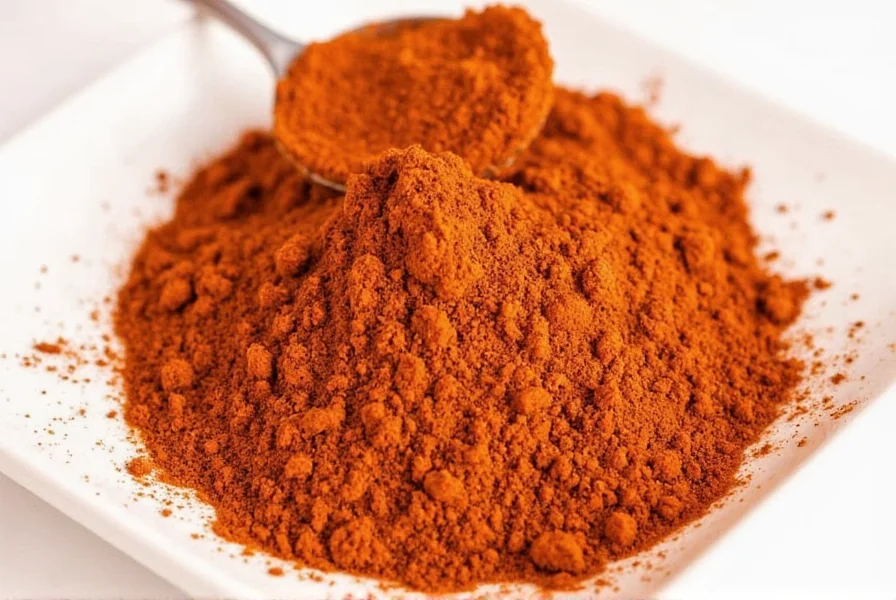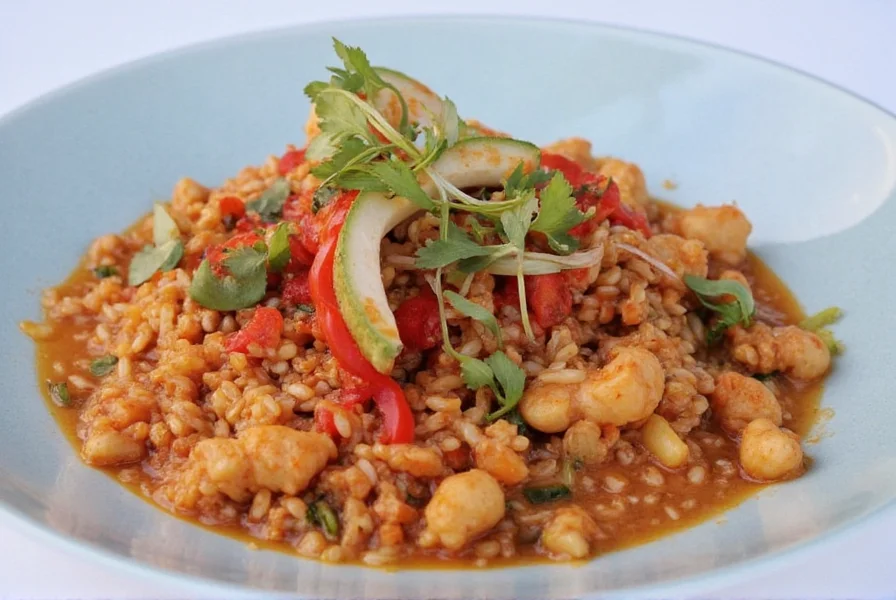Why Spices Make California Cuisine So Unique
If you’ve ever bitten into a zesty burrito bowl in San Diego or savored a citrus-kissed salmon salad in Marin County, you already know that California dishes are all about freshness and flavor harmony. But what often goes unnoticed is the role spices play behind the scenes.
The Flavor Foundation of Californian Cooking
California’s culinary style blends global influences — from Mexican and Asian to Mediterranean — and spices are the unsung heroes that tie these flavors together seamlessly. Whether you're making street-style tacos or a rustic veggie wrap, the right spice mix can elevate your dish from basic to brilliant.
Top 10 Spice Tips for Perfecting California Dishes
- Citrus Zest Boost: Lemon, lime, or orange zest adds brightness and complements seafood-based California dishes like grilled halibut or ceviche.
- Smoky Paprika Magic: Use smoked paprika in bean burgers or roasted sweet potato bowls to add depth without heat.
- Taco Tuesday Tip: Create your own taco seasoning blend using chili powder, cumin, garlic powder, and oregano for authentic street-taco vibes.
- Avocado Toast Upgrade: Sprinkle everything bagel seasoning or Tajín over smashed avocado toast for a punchy finish.
- Sweet Heat Balance: For fruit salsas (like mango or peach), combine cayenne with brown sugar to balance sweetness and spice.
- Smoke Meets Seafood: Try chipotle powder when grilling shrimp or scallops — it pairs beautifully with citrus marinades.
- Fish Fry Secret: A dash of Old Bay seasoning makes for a crispy, flavorful crust on fried fish tacos.
- Veggie Roasting Hack: Toss vegetables in olive oil and sprinkle za’atar or harissa before roasting for an earthy twist.
- Coastal Curry Fusion: Coconut curry paste mixed with local produce brings tropical flair to California fusion bowls.
- Finishing Salt Rule: Finish any grilled vegetable or protein plate with flaky sea salt for texture contrast and flavor enhancement.
Comparing Popular Spice Blends for California-Style Cooking
| Spice Blend | Heat Level | Best Used In | Flavor Notes |
|---|---|---|---|
| Taco Seasoning | Mild to Medium | Tacos, Burritos, Rice Bowls | Earthy, Smoky, Savory |
| Old Bay | Mild | Seafood Dishes, Fries | Pungent, Salty, Herbal |
| Harissa | Medium to Hot | Roasted Veggies, Grain Bowls | Spicy, Smoky, Garlic-forward |
| Za’atar | Mild | Flatbreads, Avocado Toast | Earthy, Tangy, Nutty |
| Everything Bagel Seasoning | Mild | Toast, Salads, Eggs | Savory, Crunchy, Umami |
Essential Spices Every California Home Cook Needs
Whether you’re a weekend warrior at the grill or a daily meal prepper, here are five must-have spices for perfecting California cuisine at home:
1. Chili Powder (Mexican Style)
- Feature: Deep red color, smoky aroma
- Use Case: Tacos, enchiladas, salsa, and meat rubs
- Audience: Casual cooks and taco lovers
- Occasion: Weeknight dinners, backyard BBQs

2. Tajín Clásico
- Feature: Chilli-lime-salt combo
- Use Case: Fresh fruit, guacamole, rimming cocktail glasses
- Audience: Health-conscious foodies, fruit snackers
- Occasion: Picnics, summer parties, brunches
3. Smoked Paprika
- Feature: Rich, woodsy, mildly sweet
- Use Case: Grilled veggies, paella, aioli
- Audience: Gourmet chefs and plant-based cooks
- Occasion: Dinner parties, wine nights
4. Everything Bagel Seasoning
- Feature: Sesame, poppy, garlic, onion blend
- Use Case: Toast, eggs, soups, grain bowls
- Audience: Urban millennials and breakfast enthusiasts
- Occasion: Brunch, casual lunches
5. Harissa Paste (or Powder)
- Feature: Fiery, garlicky, smoky
- Use Case: Grilled meats, stews, dips
- Audience: Adventurous eaters and spice lovers
- Occasion: Date nights, dinner clubs
Buying Guide: Choosing the Best Spices for California Dishes
Not all spices are created equal. Here’s how to pick quality products that bring out the best in your coastal cuisine creations:
1. Look for Freshness First
pSpices lose potency over time. Check packaging dates and opt for smaller quantities if you don’t cook frequently. Whole spices last longer than ground ones.2. Brand Matters
- Penzeys Spices: Known for bold flavors and organic options.
- McCormick: Reliable and budget-friendly for everyday cooking.
- La Flor: Authentic Mexican chili powders that bring traditional flavor to your tacos.
3. Buy Locally When Possible
Visit farmers’ markets or specialty shops in cities like Oakland, Santa Barbara, or San Jose to find small-batch spice blends made by local artisans.
4. Read the Label
Avoid unnecessary fillers like anti-caking agents. Opt for single-ingredient spices or blends with natural components only.
5. Store Smartly
Keep spices away from heat and light. Use airtight containers and store in a cool, dark pantry to preserve their potency and aroma.
How to Match Spices with Local California Ingredients
California’s rich agricultural scene offers year-round access to fresh produce, sustainably sourced seafood, and locally raised meats. Here's how to match them with the right spices:
Avocados & Citrus → Lime, Cilantro, Chili Flakes
Create vibrant salsas, creamy dips, or tangy dressings by combining these ingredients with just a pinch of heat and herbal notes.
Grilled Fish → Cajun, Lemon Pepper, Old Bay
These spice blends enhance the subtle flavor of white fish like cod or halibut, especially when paired with lemon wedges or mango salsa.
Leafy Greens → Crushed Red Pepper, Garlic Salt
Kale, arugula, and chard shine brighter with a touch of spice. Sauté with olive oil and season lightly for maximum impact.
Stone Fruits (Peaches, Plums) → Cayenne Sugar, Rosewater
This unconventional pairing works wonders in desserts or as a garnish for spicy salads and grilled meats.
Conclusion: Mastering the Art of Spice in California Cuisine
From the bustling food trucks of LA to the quiet farm-to-table cafes of Napa Valley, California dishes thrive on a balance between simplicity and sophistication. And spices? They’re the key players that unlock this balance. Whether you're grilling up a storm or crafting a colorful grain bowl, knowing which spices to use and how to use them can truly transform your cooking.

Remember, the best part about cooking with spices is experimenting. Start with the basics, then customize based on your palate and mood. Keep your pantry stocked with quality spices, trust your instincts, and above all — have fun spicing things up!










 浙公网安备
33010002000092号
浙公网安备
33010002000092号 浙B2-20120091-4
浙B2-20120091-4